


The new Hyundai Elantra, which we drove recently in Udaipur, comes across as the fruition of Hyundai’s heavy investment in R&D and also makes us recall our first visit to their research and development facility in South korea
It was in 2008 that I happened to visit Hyundai’s R&D facility in South Korea for the first time. At that time I had said to other automobile manufacturers the world over, “Look out, Hyundai will be a force to reckon with, because they are putting a lot of emphasis on their R&D capability”. Today we can see how that has come to fruition and how it is helping Hyundai to churn out one world-class product after another.
From the outside the new Elantra speaks the same Fluidic sculpture design language like its younger sibling, the Verna, and the elder one, Sonata. The sharp front end merges well with the bold side profile that ends into the coupé-like rear end. Overall, the Elantra has a sporty and aggressive stance and the car looks nice and compact, making it the most modern looking car in the segment today.

 The Fluidic design language is carried into the interior of the car as well. The quality of material used is top-class and the car is loaded to the gills with goodies; actually, some of the features this car has are from a couple of segments higher. For the first time you have ventilated seats in a car in this segment and the list goes on and on. The beige interior gives it a fresh and bright feel. The space is good with plenty of rear leg-room. The lather seats give good support to the driver as well as the passengers.
The Fluidic design language is carried into the interior of the car as well. The quality of material used is top-class and the car is loaded to the gills with goodies; actually, some of the features this car has are from a couple of segments higher. For the first time you have ventilated seats in a car in this segment and the list goes on and on. The beige interior gives it a fresh and bright feel. The space is good with plenty of rear leg-room. The lather seats give good support to the driver as well as the passengers.
The Elantra comes with a petrol 1,797-cc, four-cylinder, 16-valve DOHC engine with variable valve timing and lift, producing 149.5 PS at 6,500 revolutions per minute and 177.5 Nm of torque at 4,700 revs. The 1,582-cc, four-cylinder, 16-valve DOHC engine with VGT common rail diesel powerplant produces 128 PS at 4,000 RPM and a healthy 260 NM of torque between 1,900 and 2,750 revs. You can get both the options with a six-speed auto box or a six-speed manual gearbox.
The suspension set-up at the front is the tried and trusted McPherson strut and the rear is a torsion beam unit. The new Elantra rides on 205/60R16 Korean-made Silica tyres. Surprisingly for a car from Hyundai the suspension is on the firm side.
The 180-kilometre drive from Udaipur on the Chitorgarh highway and back had a good mix of both highway and city roads. After the flag-off, driving even through the chaotic Udaipur city traffic proved effortless thanks to the light steering and the seamless power delivery from low revs of the 1.6 diesel engine. The car was fun to drive with the six-speed manual gearbox with short throws and slick gear shifts. The gear ratios are well matched to the power and torque curve of the engine and, of course, the weight of the car makes sure that you do not feel that you are over-revving the engine or lugging it at any time.
The light steering gives enough feedback to enjoy the car at high speed. During the drive some corners were taken well in excess of a three-digit mark on the speedometer without any fuss. There were a couple of instances when people were driving down the wrong side of the road and I had to brake hard and take avoidance action at the same time. The car did not lose its composure under simultaneous hard braking and manoeuvring.
The low NVH levels inside the cabin with a good ride quality will make the Elantra a strong contender in its segment.
Story: Aspi Bhathena
Photography: Sanjay Raikar












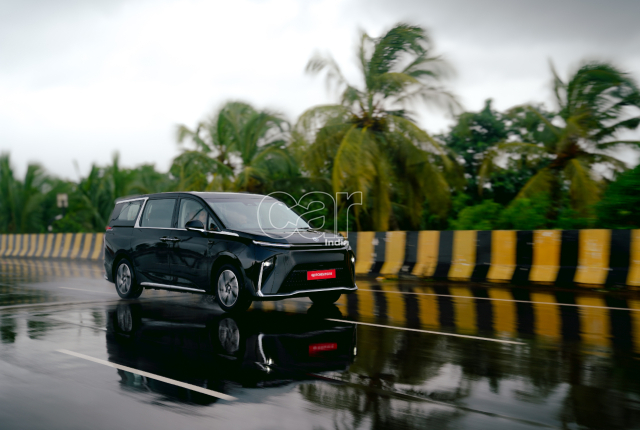
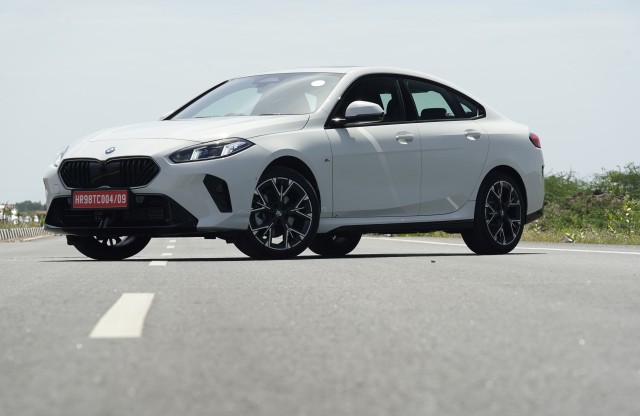
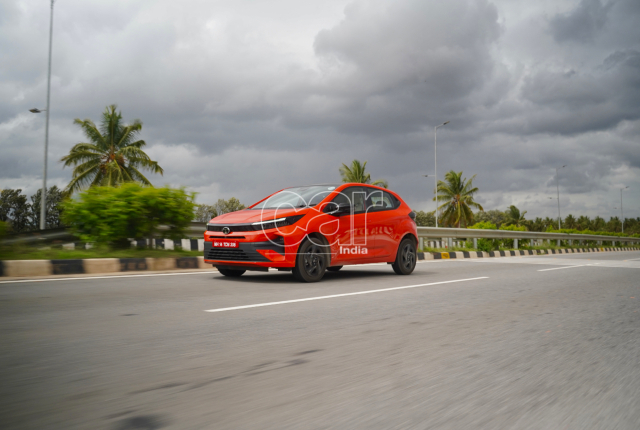
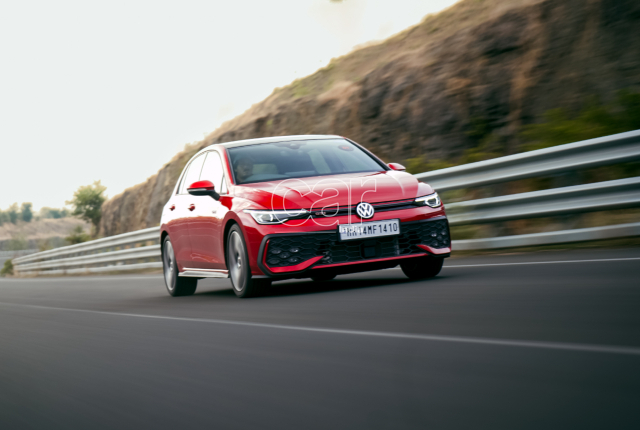
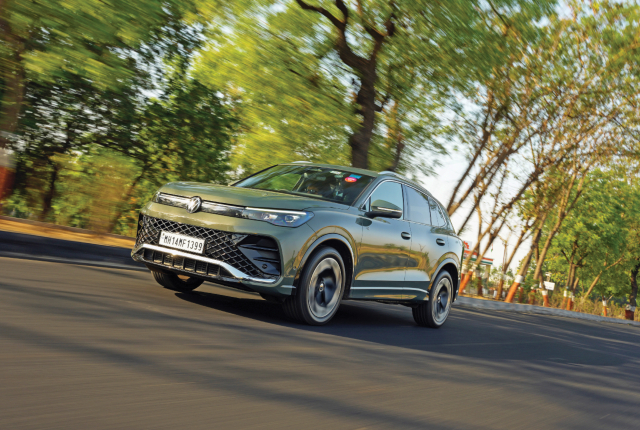
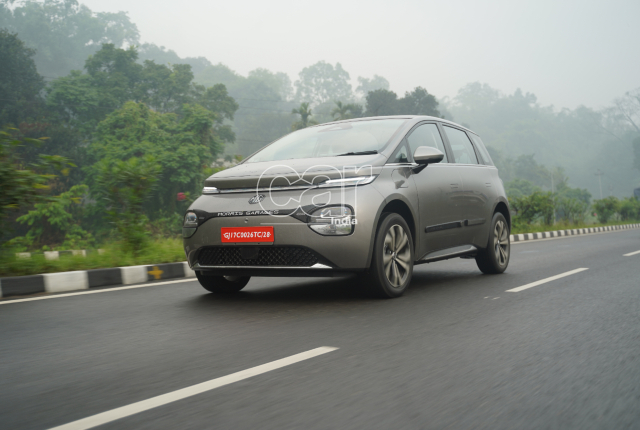



Leave a Reply